

Meeting report
Compton scattering and fermiology
![[Compton scattering workshop]](https://www.iucr.org/__data/assets/image/0014/25007/comptonscattering.jpg) Attendees at the workshop in High Resolution Compton Scattering. (Courtesy W. Schülke)
Attendees at the workshop in High Resolution Compton Scattering. (Courtesy W. Schülke)
Invited talks were devoted to fundamentals of Compton scattering, problems of synchrotron-based instrumentation of Compton experiments, and the processing of Compton data. The meeting included representatives of spectroscopies complementary to Compton spectroscopy with regard to fermiology (i.e., photoemission, de Haas van Alphen effect, and positron annihilation). The workshop focused upon recent results of Compton studies on single-crystal transition metals and alloys, and high resolution synchrotron‑based Compton investigations including the application of 3-D reconstruction of momentum density.
Compton measurements with 60 kcV photons, a momentum resolution of 0.1 at. units and 500 photons per second within a Compton profile from samples with intermediate atomic numbers arc currently being achieved. Much better characteristics should become feasible with new installations, i.e., PETRA-undulator of HASYLAB.
The workshop ended with a discussion on how to proceed with the Comm. project. The following plan was agreed upon:
(1) All participating groups will measure, with their own apparatus, single crystals of Si in different orientations, and will analyze the data via individual procedures, which will be documented in detail. The results will be presented at the next Sagamore Conf., Aug. 1994 in Brest, France. The following problems are to be incorporated into the standard processing procedures: background correction and reduction; handling variation in position-sensitive detectors; propagation of error and correlated noise when performing 3-D reconstruction; correction of Compton profiles with respect to multiple scattering, taking into account the polarization properties of synchrotron radiation; the role of bremsstrahlung from photo-electrons within the sample.
(2) Some groups will already start the second step of the project collecting Compton data on simple metallic systems in order to obtain Fermi surface parameters. Theorists will support these activities with dedicated band structure based calculations of Compton profiles and 3-D momentum densities according to the state-of-the-art.
(3) Expanded cooperation with experts in crystal growth of complex materials suitable for use in phase three of the project will be sought.
(4) Developments in the application of high resolution calorimetric X-ray detectors to Compton studies will be monitored.
The next workshop, in 1995, will be organized by the Japanese group, chaired by N. Shiotani. For further information contact: Winfried Schülke, Inst. of Physics, U. of Dortmund, Postfach 50 05 00, D-W-4600 Dortmund 50, Germany.
W Schülke Germany


